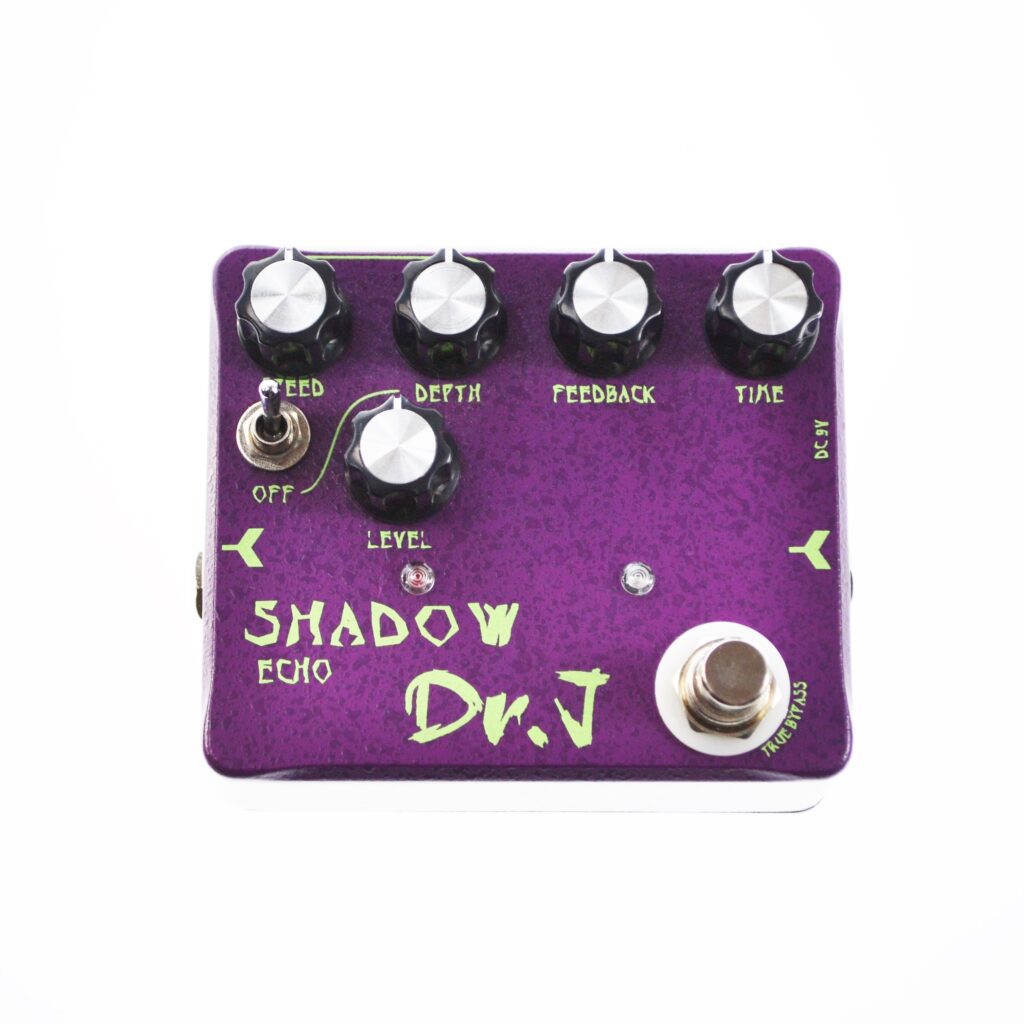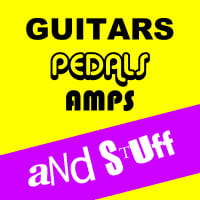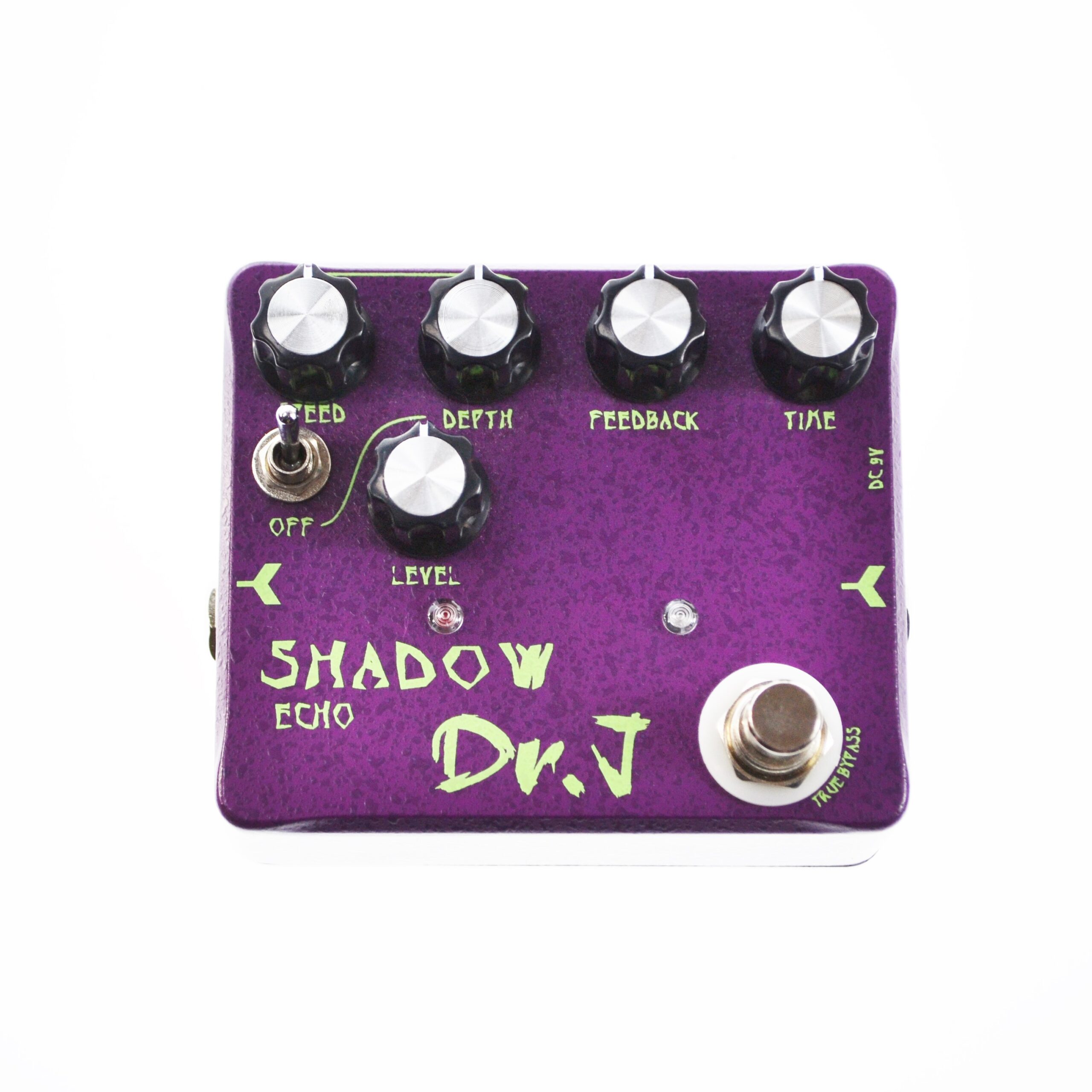
The realm of guitar effects is replete with a diverse array of tools that transform the sonic landscapes musicians can explore. Among these, the delay effect stands tall as one of the most versatile and captivating tools, revered for its ability to infuse music with depth, texture, and a sense of spaciousness.
A Brief History of Echo / Delay Pedals:
The concept of echo and delay effects traces back to the early days of recording technology. Engineers sought ways to replicate the natural echoes heard in large spaces or the reverberations that followed a sound. Early pioneers experimented with tape loops, magnetic media, and analog circuits to recreate these effects.
In the 1950s and ’60s, guitarists started incorporating tape echo machines into their setups, producing the haunting, repeated echoes famously heard in rockabilly, surf rock, and early psychedelic music. This paved the way for the development of standalone delay units and the evolution of digital delay technology in the late 20th century, which revolutionized the way delay effects were utilized.
The Magic of Delay:
Delay effects work by capturing an input signal and replicating it after a specified time, producing a series of echoes or repeats. This creates an illusion of space, depth, and ambiance in the music. Depending on the settings, delays can range from subtle echoes to cascading repetitions, providing an expansive canvas for musical expression.
Guitar Applications:
For guitarists, delay effects open a vast realm of sonic possibilities. They can be used to create rhythmic patterns, ambient textures, or to enhance solos by adding depth and dimension. Short delay times can simulate room ambience, while longer delays can create lush, atmospheric soundscapes.
Bass Guitar Exploration:
While delay effects are often associated with guitars, they also offer unique opportunities for bassists. When applied subtly, delay can fatten up the bass sound, adding richness and depth. It can also be used creatively to produce rhythmic patterns or to emphasize specific notes, enhancing the overall groove and feel of basslines.
Modern Advancements:
With the advent of digital signal processing, modern delay pedals offer a myriad of features, including tap tempo, various delay types (analog, digital, tape emulation), modulation, and stereo capabilities. These advancements give musicians greater control and flexibility in sculpting their desired sounds.
Conclusion:
The evolution of delay effects has seen a journey from tape-based echoes to sophisticated digital processors. Whether in the hands of guitarists or bassists, delay effects remain an indispensable tool for adding dimension, atmosphere, and creativity to music.
Exploring the rich history and diverse applications of delay effects showcases their enduring appeal and their ability to elevate compositions across genres and eras. Their immersive and transformative nature continues to captivate musicians, offering an endless playground for sonic exploration and musical expression.

